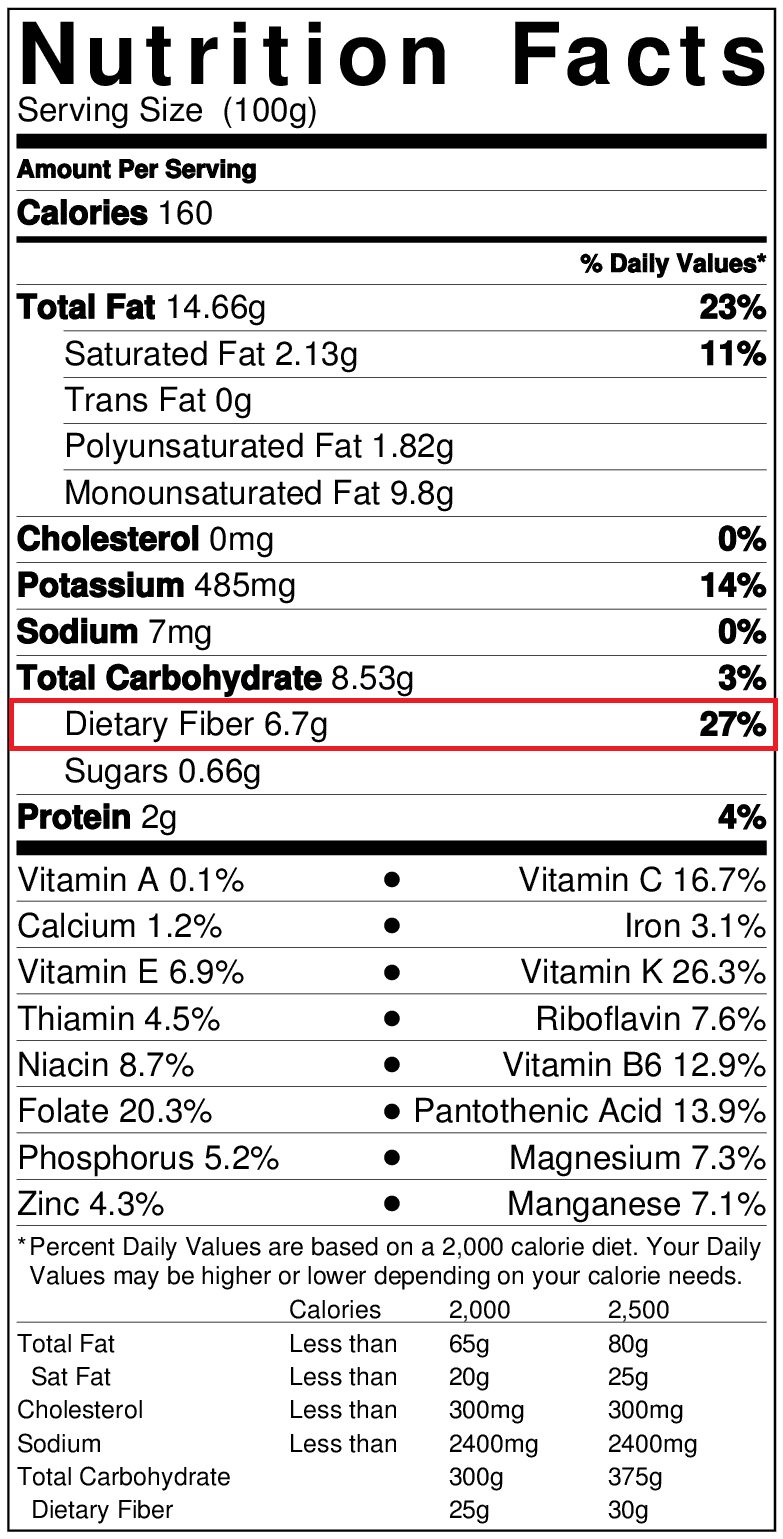Oat Beta-Glucan Soluble Fiber
Where It Comes From
Oat beta-glucan is a soluble (dissolves in liquid) dietary fiber that is made from oats. Beta-glucan is found naturally in several foods, including oats and barley. People have been growing and eating oats for more than 2,000 years and numerous food products containing oats are available in the US and around the world. Since the late 1980’s, oat beta-glucan soluble fiber has been recognized as a beneficial dietary component. Originally, it was most commonly consumed in whole oats, rolled oats and oat bran, but oat beta-glucan is now also available as an additional ingredient for to a variety of food products.
How It’s Made
Beta-glucan is a major component of water soluble fiber from cereal grains including oat and barley. Beta-glucan in oats, mostly found in the bran, is extracted and then purified to remove other parts of the oat plant.
What It Does
In 1997, the US Food and Drug Administration (FDA) authorized a health claim for oat beta-glucan soluble fiber from oats for reduced risk of heart disease. The European Food Safety Authority (EFSA) has also issued positive opinions of two health claims for oat beta-glucan for lower cholesterol and reduced after-meal glycemic responses.
How It Helps – Existing Evidence
- Lowers blood glucose and insulin levels after meals. Doses of 4g of oat beta-glucan per 30-80g of available carbohydrates should significantly reduce postprandial glycemic response.
- Lowers total cholesterol and low-density lipoprotein (LDL) cholesterol (the bad cholesterol) to help maintain healthy blood cholesterol levels. Overall, the data suggest that 3g/day of oat beta-glucan can lower LDL cholesterol by 3-5 percent and total cholesterol by 2-4 percent.
How It Helps – Emerging Evidence
May help you feel full and/or reduce how much you consume during your next meal.
Recommended Daily Intake
The FDA and European Union (EU) have authorized health claims based on a daily consumption of 3g of oat beta-glucan, the amount shown to significantly reduce total and LDL cholesterol levels. In most countries where a claim is allowed, the daily dose can be divided among three to four servings of food. The FDA authorized health claim requires a minimum of 0.75g per reference serving of food, for a daily intake of 3 grams.
What types of food is this fiber typically found in?
Oat beta-glucan can be found in whole oats, whole oat flour, rolled oats, and oatmeal. Oat beta-glucan soluble fiber is also added to beverages (smoothies, yogurt drinks, juice drinks), yogurt, nutrition bars, cereals, pasta, crackers, baked goods, soups, sauces, dressings, and dietary supplements.
Recommended Daily Intake
“Of the under-consumed nutrients, calcium, potassium, dietary fiber, and vitamin D are considered nutrients of public health concern because low intakes are associated with health concerns.” – Dietary Guidelines for American 2015-2020 (8th edition).
In the United States, the recommended dietary fiber intake is 14g/1,000 kcal. For an average adult, this means a daily intake of 25g (female) or 38g (male). Most Americans only consume about half of the recommended intake (13.5 and 18g, respectively). This shortage in our diet is called the fiber gap.
To reach the recommended fiber intake without fiber-enriched foods, most Americans would need to increase their calorie intake by more than 500 calories per day. But meeting fiber requirements doesn’t have to mean adding calories if fiber enriched foods are consumed.
Fiber-enriched foods help bridge the fiber gap while delivering excellent taste and additional metabolic benefits. The overall diet should have a mix of various fiber types.
Consuming a Variety of Fibers
Although most fibers will have more than one health-related effect, no one fiber can produce every potential health benefit. To maximize the health benefits of fiber, it is important to consume a variety of fibers.
Fibers can be found in many different foods. The amount of fiber per serving can easily be found by looking at the Nutrition Facts Panel for the Dietary Fiber line.

Additionally, the fiber content in foods like raw fruits and vegetables that do not have a nutrition label can be found here.
Lastly, fiber supplements can often be found in the dietary supplement aisle close to the probiotics and multi-vitamin supplements.
Gastrointestinal Tolerance
Increasing fiber intake suddenly, particularly in individuals consuming a low fiber diet, may result in gastrointestinal effects, such as an increased number of stools per week, having softer stools (but not diarrhea) or having increased flatulence. These natural effects are due to either bulking effects or due to the fermentation of fiber in the gastrointestinal tract. These potential effects can be minimized by increasing fiber intake more gradually to allow the gastrointestinal tract to adapt. Thus, it may be helpful to decrease fiber intake until these feelings subside and then gradually increase fiber intake.


